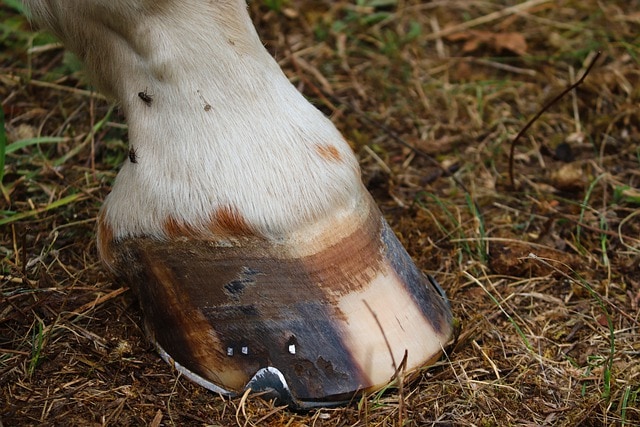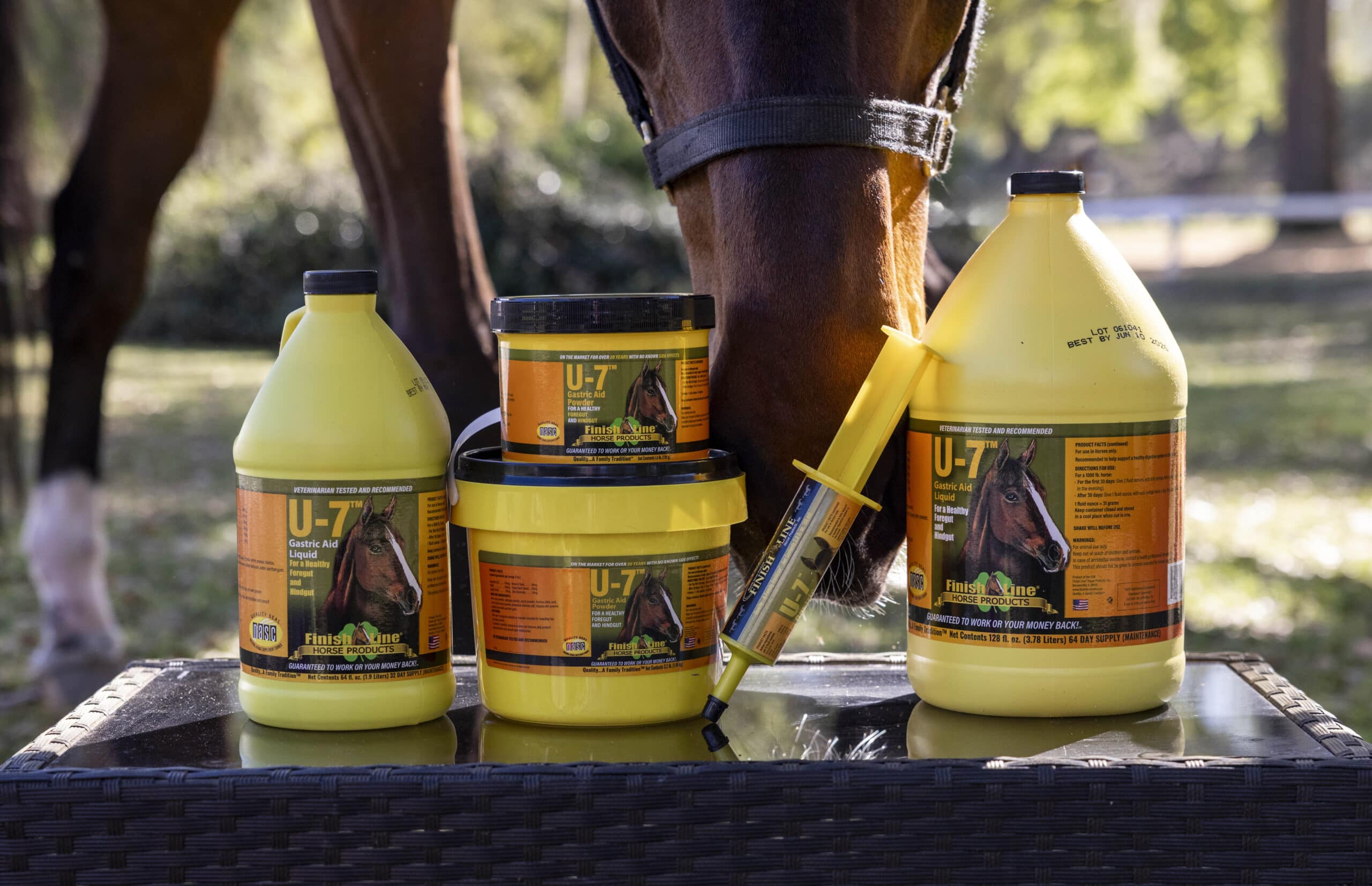It’s easy to tell when your horse is a little off, whether it’s walking more tenderly than usual or reluctant to go for a ride. This behavior could be the result of an issue with the horse’s hooves or soles. Below are a few common hoof problems and how to treat them:
Heat
A horse’s hooves naturally increase in temperature as blood flow rushes to the area during exercise. However, if you notice one hoof is significantly hotter than the rest, there might be an underlying condition at hand. Excess heat is sometimes a symptom of problems like sole bruises, abscesses or laminitis. It’s worth investigating, but don’t freak out just yet. According to Equinews, researchers from Denmark found the hoof temperatures of one horse can vary by up to 17 degrees.
Thrush
Thrush is a common infection most noted by its odor and black discharge. Many people think thrush is caused by a wet, dirty environment. This is certainly a factor, but many horses live in muddy environments without developing thrush. These equines tend to have healthier frogs than those more susceptible to the condition.
“Thrush is easy to prevent and treat.”
Thrush is easy to prevent and treat – just pick and clean the hoof regularly. If untreated, however, the infection can spread deeper and cause lameness.
Stone bruises
If your horse starts walking tenderly on or right after rocky trails, it might have a bruise on the sole of its foot known as a stone bruise. As their name suggests, these usually form after the soft part of the sole hits a hard object like a rock or other small piece of debris. According to Equus Magazine, stone bruises aren’t visible until months or weeks after the trauma occurred.
It’s natural for your horse’s hooves to bruise on occasion, but some are more prone to the condition than others. Thoroughbreds and Warmbloods have thinner soles than other breeds, so they’re particularly susceptible. In addition, some geographic locations put horses at a higher risk for stone bruises. Frequent rain on the East Coast softens soles, so they bruise more easily. Also, the mud allows a horse’s hoof to sink deeper, collecting small rocks. As mud gets packed into the hoof, the embedded rocks continue to bruise the hoof as the horse moves.
Leaving a stone bruise untreated can result in an abscess. These are extremely painful for the horse and can permanently damage the inner foot.
“Abscesses are common but easy to treat.”
Abscess
Abscesses are common but easy to treat. They’re a collection of pus that usually form from a puncture, hoof crack or misplaced horseshoe nail. To treat an abscess, clean the hoof and then drain the area. If you find it hard to drain, try softening the hoof with a foot soak. Once you’ve finished, bandage the hoof to prevent bacteria from entering the wound as it heals.
Treating mild issues
Packing your horse’s hooves with a high-quality horse product like EZ Willow Poultice helps alleviate minor feet issues like heat and stone bruising. Simply clean the area, brushing away any dirt and debris, and make sure the foot is properly trimmed. Then, apply the packing product per the instructions on the label.
Keep in mind that packing alone can’t solve a major underlying issue like an infection. Therefore, as the American Farriers Journal mentioned, you should never pack a horse’s foot without knowing what’s really going on. This treatment isn’t a magic potion, but it can keep the hoof comfortable and protected while it heals.








